Recently, I’ve been working on creating lists of great picture books for the primary grades. I’m expanding my book lists for teaching different reading comprehension strategies. And I’m looking forward to sharing those lists in future blog posts!
But first…I want to talk about something that I feel strongly about: the importance of the readaloud.
Every day, we use books for a variety of purposes. We use texts to teach reading comprehension strategies, vocabulary, decoding strategies, fluency, science concepts…and the list goes on.
With all of the “stuff” that we have to cram into our already-packed school days, we want to make sure that our instruction is purposeful. It seems like every time we read a book aloud, we have some kind of instructional objective, or some kind of goal for our students.
But what about reading a book aloud…just to read it aloud? Is that okay?
My answer to that question is “Yes! Absolutely!” And in this post, I’ll explain why. 🙂
Photo Credit: Shutterstock
First of all, when I talk about doing a readaloud “just for the sake of doing a readaloud,” I mean the act of reading aloud a book without having a specific teaching point in mind. We may ask a question or two to spark a discussion or engage kids in the book. But we’re not reading the book aloud for the purpose of teaching any kind of strategy or content.
To some, reading a book aloud (without having a specific teaching point) may sound like a waste of time. But it’s SO not! And here’s why:
Reason #1: Reading aloud motivates kids to read on their own.
I think Burkins and Yaris say it best in their book Who’s Doing The Work?:
“Readaloud is a commercial for learning to read.” (Burkins & Yaris, 2016, p. 30)
When kids have positive experiences with books, they are more motivated to read on their own. They learn that reading can take them to faraway lands, introduce them to people who are alike and different from them, and teach them interesting facts about dinosaurs.
If kids are not read aloud to, then they simply don’t know that books can do all that!
Of course, long before they started school, some of our students enjoyed hours and hours of lap-reading with their families. But others did not.
So it’s our job to help create positive feelings around reading and show kids why books are so valuable. (If we’re constantly trying to drill some teaching point while we read aloud, that message can get lost in the shuffle.)
And sure, “loving to read” is not a standard. But at the very least, kids need to feel SOME amount of positivity about reading. Or teaching them the “real reading standards” is going to be a slow, painful, and perhaps unsuccessful process.
Really, I feel like this first reason is sufficient to justify reading aloud for the sake of reading aloud. But I’ll continue on anyway. 😉
Reason #2: Reading aloud helps develop students’ vocabulary.
We all know that students need to learn words beyond those that they encounter in everyday conversation. And “[r]eadalouds provide an ideal opportunity to introduce words to students because books have rich contexts and offer a shared experience in which to discuss words” (Silverman and Hartranft, 2015, p. 59).
Right now you might be thinking, “Hold on a second. I thought we were talking about reading books aloud JUST for the sake of reading them aloud…not for vocabulary instruction!”
And yes, I am. But here’s the great thing about good books: they can be read again and again!
One study found that it’s easier for children to learn new words by encountering them repeatedly during rereads of one text than it is for them to learn new words by encountering them in several different texts (Horst, Parsons & Bryan, 2011, as cited by the Children’s Literacy Initiative, 2016).
In other words, we can read a book aloud for enjoyment one time, and then revisit it later with a focus on vocabulary.
The same holds true for teaching any strategy. You can read a text aloud for enjoyment once, and then examine it in greater depth during subsequent rereads. This allows students to focus on comprehending the text the first time, so that they are truly ready to learn from it and through it during the second or third read.
Reason #3: Reading aloud gives students access to ideas and language that they wouldn’t otherwise be able to access.
Kids learn from readalouds, period (even if there’s no specific teaching point associated with the readaloud).
Readalouds expose kids (especially beginning readers) to language and ideas that they couldn’t access on their own. Imagine if kindergartners were only allowed to interact with level A, B, and C books! Those texts certainly serve a purpose, but they have obvious limitations in terms of complexity (both in content and in language structure).
When we read aloud to kids, we help grow their worlds. They learn how stories “work.” They learn about how the world works. They learn about other people and themselves. They naturally absorb new words and language structures.
If we don’t read aloud to kids, they won’t be able to access those ideas and language structures because they can’t yet make sense of complex text without our help.
Conclusions
There are so many benefits to reading aloud to kids—I’m really just scratching the surface here.
And more than likely, I’m preaching to the choir! So many teachers I know love books and reading, and we are all on board with the idea of reading aloud to kids.
However, the reality is that our school days are already packed full. So our true challenge is to create more time for readalouds. And to be okay with the idea of reading a book aloud…just to read it aloud.
Now, I’d love to hear from you. What other benefits do you see from reading books aloud? Are your administrators on board? Comment below to share your thoughts!
References
Burkins, J., & Yaris, K. (2016). Who’s Doing the Work? How To Say Less So Readers Can Do More. Portland, ME: Stenhouse.
Lazrow, S. (2016). In Read It Again, Please! The Benefits of Repeated Read Alouds. Retrieved January 23, 2017, from https://www.cli.org/blog/benefits-of-repeated-read-alouds/
Silverman, R. D., & Hartranft, A. M. (2015). Developing Vocabulary and Oral Language in Young Children. New York, NY: The Guilford Press.

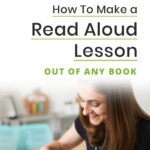
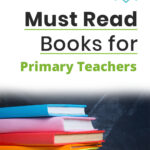

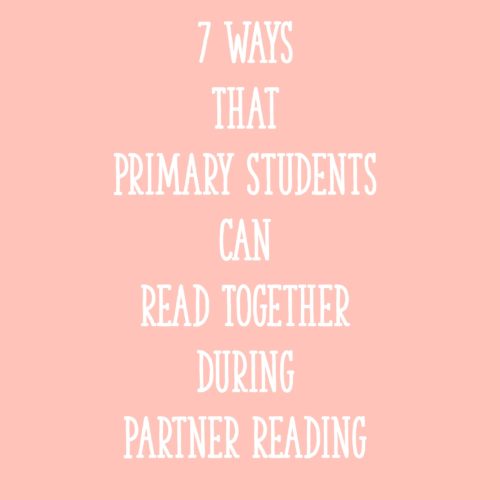
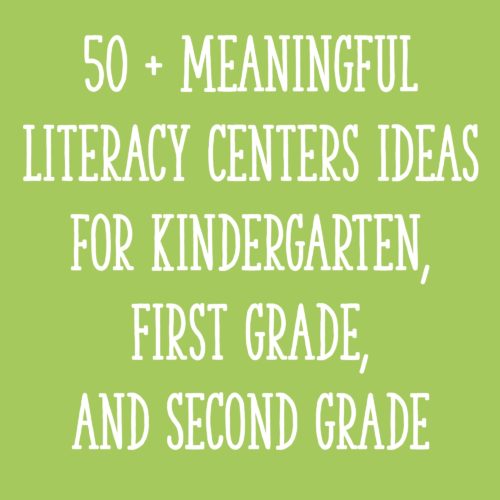
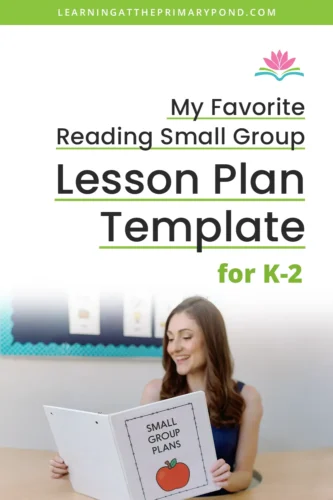






Love love everything about this ❤️ My read aloud time while my kiddos eat snack is one of my favorite parts of the day! I always pick a high interest book just for fun, and they are always so engaged and loving it!
It’s one of my favorite parts too, Christy!! So glad you enjoyed the article. Thanks for reading!
Alison
I noticed that over time, I have been reading aloud “just for fun” less and less as I try to make sure to meet standards and have been so “busy” with other curriculum. I have made it a job on my job chart to be the “book helper” of the day. By making it a job, the kids make sure it happens every day, and I’m holding myself accountable to read a story that the kids choose, with no obvious lesson attached to it! It’s been great, as I read whatever the child chooses. Sometimes it’s a LONG nonfiction book,… Read more »
Yes!! And totally agree about breaking up the nonfiction book! Thank you so much for reading and commenting! 🙂
Alison
I have a question about read aloud sessions. Do you allow the studets to color, draw or doodle etc. while your reading? How do you run your read aloud sessions? Are students just suppose to set and listen. What is the fine line here?
I really would like imput on this.
Hi! I work with the younger grades, so they sit on the carpet and listen. I do ask questions and give them opportunities to turn and talk to a partner a few times during each readaloud.
Alison
Hi Abi, I do let my students doodle in a spiral ‘doodle book’. We read a chapter book after lunch. (15-20 minutes only) We live in AZ so after recess they are HOT!! Last year I taught a multi-age 1st and 2nd grade. When they sat on the rug they did to much chatting and playing etc. This is such a great time to cool down and transition back to learning. I keep the lights low or off with the blinds open. We have some good discussion, they make predictions, talk about good vocabulary words, and they can more often… Read more »
Hi,
Thanks for sharing your knowledge and expertise with us. I missed reading aloud to the students. I’m willing to do it but do not know how to present the idea to administration. Especially when they come to do an informal observation.
Any suggestions? Do you write a lesson plan for the read alouds?
Hi! If you feel that you’d need to justify it to admin, you could check out my bibliography on this post and share the articles/books with them.
For lesson plans, I do write down the text, questions to ask, and a strategy if I’m modeling one.
I hope this helps! 🙂
Alison